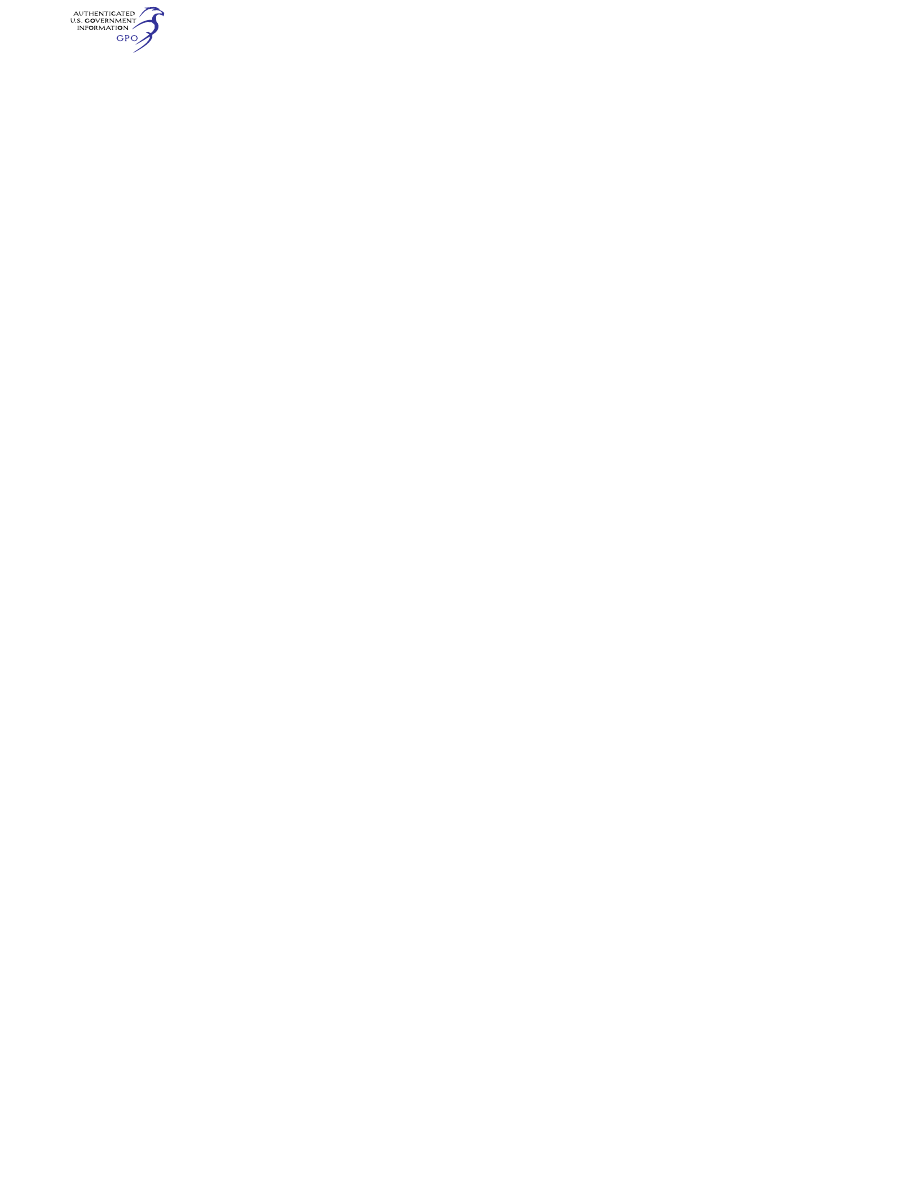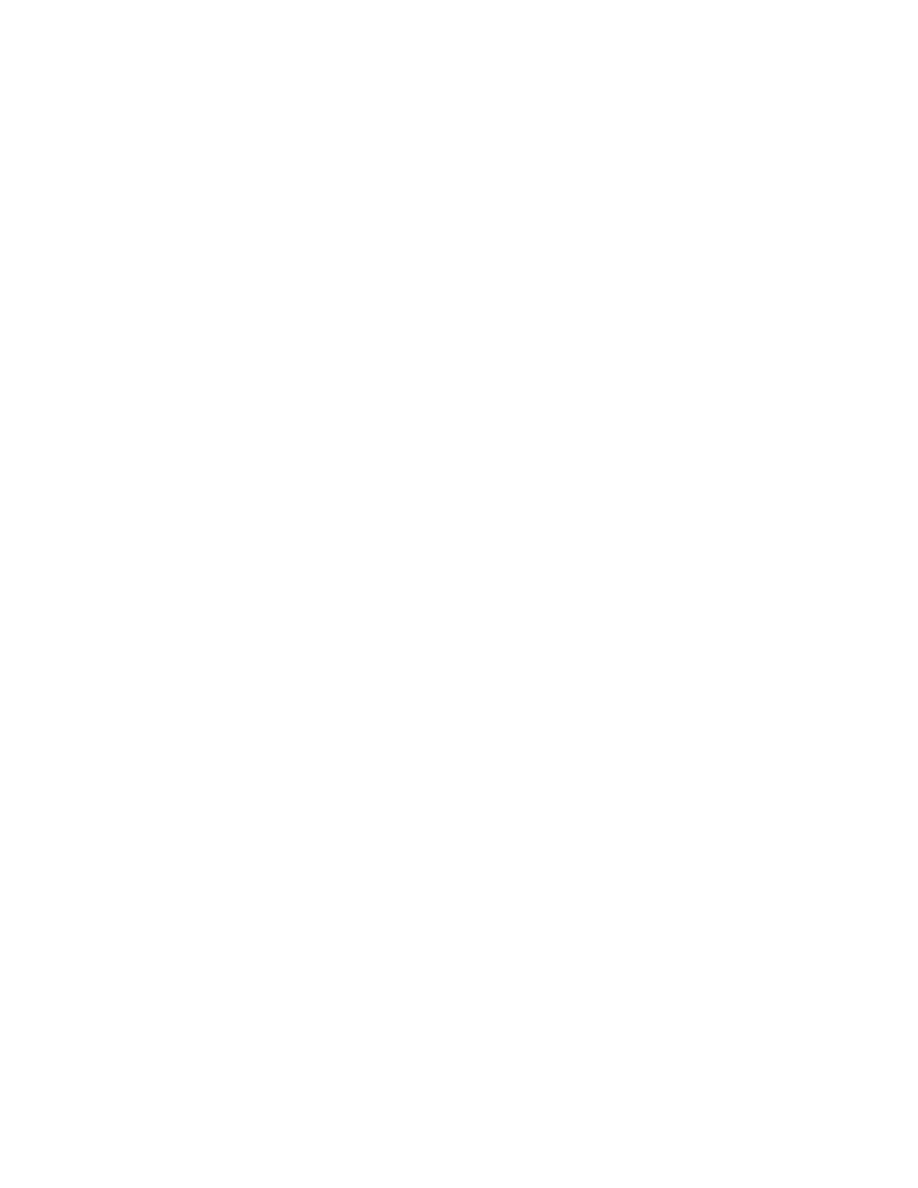
172
14 CFR Ch. I (1–1–24 Edition)
§ 121.408
(d) An FFS approved under this sec-
tion must be used instead of the air-
plane to satisfy the pilot flight train-
ing requirements prescribed in the cer-
tificate holder’s approved low-altitude
windshear flight training program set
forth in § 121.409(d) of this part.
(e) An FFS approved under this sec-
tion must be used instead of the air-
plane to satisfy the pilot flight train-
ing requirements prescribed in the ex-
tended envelope training set forth in
§ 121.423 of this part. Compliance with
this paragraph is required no later
than March 12, 2019.
[Doc. No. 9509, 35 FR 90, Jan. 3, 1970, as
amended by Amdt. 121–161, 45 FR 44183, June
30, 1980; Amdt. 121–199, 53 FR 37696, Sept. 27,
1988; Amdt. 121–366, 78 FR 67836, Nov. 12, 2013;
Amdt. 121–382, 85 FR 10921, Feb. 25, 2020]
§ 121.408 Training equipment other
than flight simulation training de-
vices.
(a) The Administrator must approve
training equipment used in a training
program approved under this part and
that functionally replicates aircraft
equipment for the certificate holder
and the crewmember duty or proce-
dure. Training equipment does not in-
clude FSTDs qualified under part 60 of
this chapter.
(b) The certificate holder must dem-
onstrate that the training equipment
described in paragraph (a) of this sec-
tion, used to meet the training require-
ments of this subpart, meets all of the
following:
(1) The form, fit, function, and
weight, as appropriate, of the aircraft
equipment.
(2) Replicates the normal operation
(and abnormal and emergency oper-
ation, if appropriate) of the aircraft
equipment including the following:
(i) The required force, actions and
travel of the aircraft equipment.
(ii) Variations in aircraft equipment
operated by the certificate holder, if
applicable.
(3) Replicates the operation of the
aircraft equipment under adverse con-
ditions, if appropriate.
(c) Training equipment must be
modified to ensure that it maintains
the performance and function of the
aircraft type or aircraft equipment rep-
licated.
(d) All training equipment must have
a record of discrepancies. The docu-
menting system must be readily avail-
able for review by each instructor,
check airman or supervisor, prior to
conducting training or checking with
that equipment.
(1) Each instructor, check airman or
supervisor conducting training or
checking, and each person conducting
an inspection of the equipment who
discovers a discrepancy, including any
missing, malfunctioning or inoperative
components, must record a description
of that discrepancy and the date that
the discrepancy was identified.
(2) All corrections to discrepancies
must be recorded when the corrections
are made. This record must include the
date of the correction.
(3) A record of a discrepancy must be
maintained for at least 60 days.
(e) No person may use, allow the use
of, or offer the use of training equip-
ment with a missing, malfunctioning,
or inoperative component to meet the
crewmember training or checking re-
quirements of this chapter for tasks
that require the use of the correctly
operating component.
(f) Compliance with this section is re-
quired no later than March 12, 2019.
[Doc. No. FAA–2008–0677, 78 FR 67837, Nov. 12,
2013]
§ 121.409 Training courses using flight
simulation training devices.
(a) Training courses utilizing FSTDs
may be included in the certificate hold-
er’s approved training program for use
as provided in this section.
(b) Except for the airline transport
pilot certification training program ap-
proved to satisfy the requirements of
§ 61.156 of this chapter, a course of
training in an FFS may be included for
use as provided in § 121.441 if that
course—
(1) Provides at least 4 hours of train-
ing at the pilot controls of an FFS as
well as a proper briefing before and
after the training.
(2) Provides training in at least the
following:
(i) The procedures and maneuvers set
forth in appendix F to this part; or
(ii) Line-oriented flight training
(LOFT) that—
(A) Before March 12, 2019,
